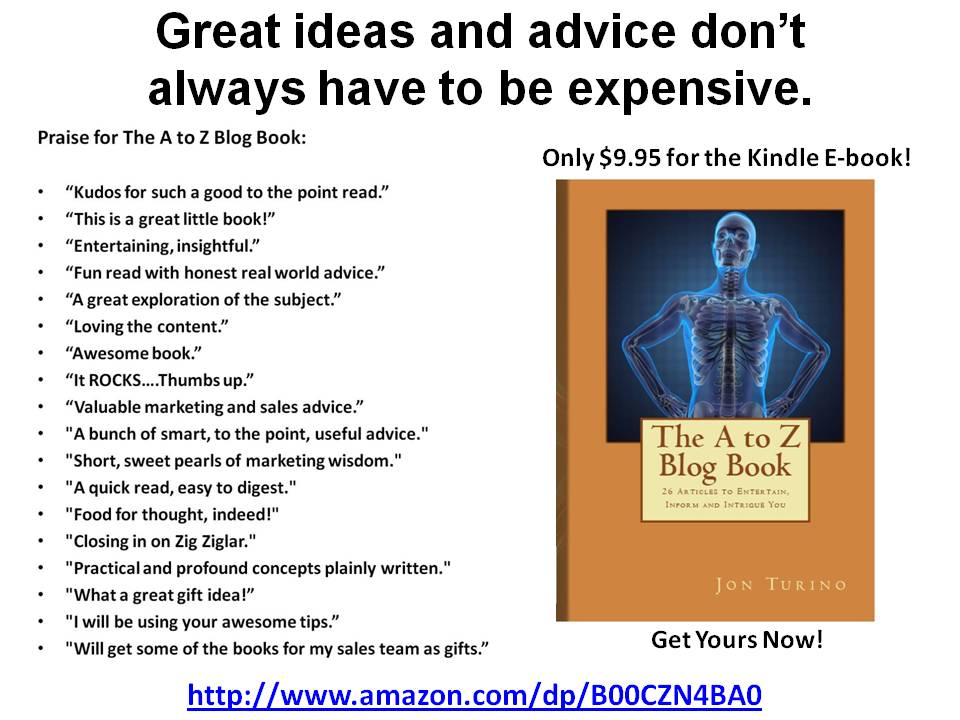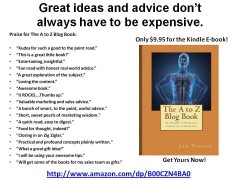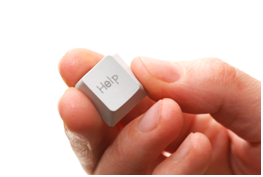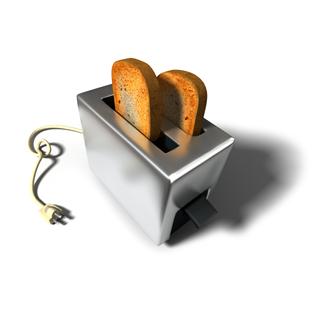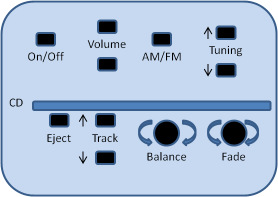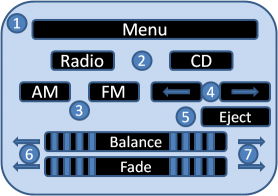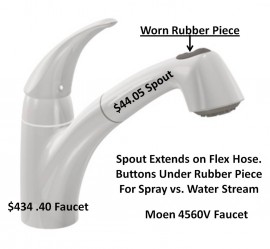 Praise for a Faucet Maker
Praise for a Faucet Maker
About a dozen years ago my spouse and I remodeled the kitchen in our condominium. We bought a beautiful Moen faucet for the sink and have been very happy with it until recently when the little rubber piece on top of the extensible spout that covers the stream vs. spray mode began to wear out. Still worked OK, of course, but it didn’t look “pretty” anymore. So I was tasked with solving this problem.
To the web I went for the Moen website. One click to get to kitchen faucets. Another click to browse by collection. A quick scroll to find the Extensa model number. Then to Replacement Parts for an excellent pictorial illustration of the faucet parts. But not down to the little grey gasket. Only to the whole spout. Hmm. Copy the spout part number from the illustration, paste it into the Part Number box and, viola, the $44.05 pullout spout is ready to be added to my cart for purchase.
Trouble is, though, I don’t need a whole new spout for $44.05. I only need a rubber gasket to replace the one that is worn on my otherwise perfectly good spout. So to the Contact Us tab for a phone number, which was toll free, and then a phone menu that was mercifully clear and short with only a few minutes wait for a human being to whom I described my situation.
The customer service rep asked me for the faucet model number, which I had written down. She asked me a couple of questions about the faucet, including the location of the logo and the color of the spout and then asked me for my name, address, zip code and email address. When I inquired as to why she needed this information to answer my question about whether or not I could buy just the gasket I was informed that she needed the information to ship me, without cost, a new spout since the gasket was not a user replaceable item and since the faucet is guaranteed for life. She then asked if delivery within 5-7 days was OK or if I needed it sooner, in which case I would have to pay for expedited shipping.
I was, frankly, blown away by this kind of warranty and this kind of service. She asked me if there was anything else she could do for me and told me that I’d receive an email confirming my order for the replacement spout. And that promised email was in my inbox before I even hung up the phone.
Why am I telling you this story? Because I think it’s high time we tell as many people as possible about good customer service as we usually tell people about bad customer service. You see the horror stories all over the Internet. Complaints about never being able to speak to a human being. Complaints about things failing one day after the warranty expires. Complaints about rude customer service representatives.
Don’t you tell as many people as possible about your unsatisfactory customer service experiences and maybe tell one or two, if you even tell anyone, about the good ones? How will the companies with bad customer service improve if we consumers don’t provide them with examples of what good customer service looks, sounds and feels like? We need to publicize the companies that do it right and, in my humble opinion, Moen gets a grade of “A+” for their policies, procedures and people.
In writing this article I went back to the Moen website and noticed their tagline: “Buy it for looks. Buy it for life.®” And I guess they really mean it based on the way they walked the talk with me. I know that if I ever have to buy another faucet, or recommend one to someone else, you can bet that a Moen product will be high on the list.
There may be other faucet makers who do as good a job as Moen. I just don’t have any personal experience on which to base an opinion pro or con so I can’t comment with any knowledge about them. But if I ever do have a good experience with another company like the one I had with Moen I promise to publicize it as well.
Do you have example of things you are especially pleased about? Or about outstanding customer service experiences? Please share them and ask others to do so as well. Thanks for reading.
